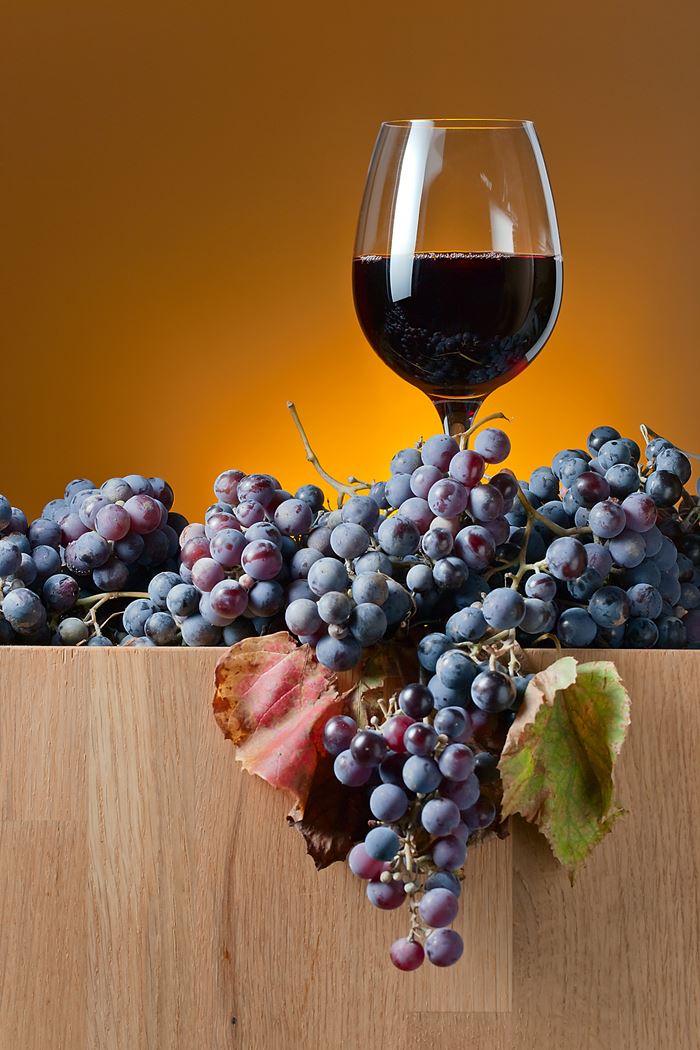The Double-Edged Sword of Quercetin in Wines
Striking a Balance between Antioxidants and Adverse Effects
2024-01-19

The wine industry is currently facing a complex challenge involving the presence of quercetin in wines. This flavonol, known for its beneficial antioxidant properties, has been found to cause issues both in terms of wine quality and the health of some consumers. Recent discoveries and advancements in enological techniques are aiming to mitigate these adverse effects while maintaining the integrity and excellence of wines.
Quercetin is a flavonoid synthesized by grapevines, primarily in response to exposure to ultraviolet radiation. This compound, along with other phenols, provides significant antioxidant activity, preventing the formation of free radicals. However, its presence in wine is not without controversy. In particular, quercetin can cause the formation of insoluble precipitates both during storage in cellars and in the bottle, affecting especially wines rich in polyphenols.
Beyond technical aspects, quercetin has gained relevance in the field of health. A study from the University of California, Davis, revealed that this compound might interfere with alcohol metabolism, causing headaches in certain individuals. The research suggests that a dysfunctional variant of the ALDH2 enzyme, responsible for metabolizing acetaldehyde, could accumulate in the presence of quercetin, especially in its form of quercetin-3-glucuronide. This finding offers a new perspective on adverse reactions in some consumers when drinking red wine, known for having higher levels of quercetin than white wine or other alcoholic beverages.
Faced with this situation, viticulture and enology confront the challenge of reducing the concentration of quercetin in wines without compromising their quality. Recent research has explored various strategies, both in grape cultivation and in the winemaking process. It is known that greater exposure of grape bunches to sunlight significantly increases quercetin levels. Therefore, careful management of the vineyard is essential to control its concentration.
In this context, the Vintegro project has conducted trials to decrease the amount of quercetin in wine, using various oenological products and winemaking techniques. The results have been promising: blending wines with lower quercetin content showed a significant reduction of this compound. Other practices, such as the use of specific enzymes, have proven effective in hydrolyzing quercetin glucosides, facilitating the removal of the aglycone fraction using clarifiers like PVPP and vegetable charcoals. However, these techniques must be handled with caution, as they can affect other organoleptic attributes of the wine, such as color, structure, and aromas.
Stabilizing quercetin in wine requires a careful balance. In wines with high content of combined forms of quercetin, the addition of enzymes can be an effective initial step, followed by the removal of the excess free fraction. It is crucial to consider that the glucuronide content of quercetin can also represent a risk of instability during wine aging and maturation, requiring special attention.
In conclusion, the presence of quercetin in wine represents a multifaceted challenge for the wine industry. Research and development of new enological practices and vineyard management are essential to mitigate the adverse effects of quercetin, thus ensuring the quality and safety of wines.
Founded in 2007, Vinetur® is a registered trademark of VGSC S.L. with a long history in the wine industry.
VGSC, S.L. with VAT number B70255591 is a spanish company legally registered in the Commercial Register of the city of Santiago de Compostela, with registration number: Bulletin 181, Reference 356049 in Volume 13, Page 107, Section 6, Sheet 45028, Entry 2.
Email: [email protected]
Headquarters and offices located in Vilagarcia de Arousa, Spain.